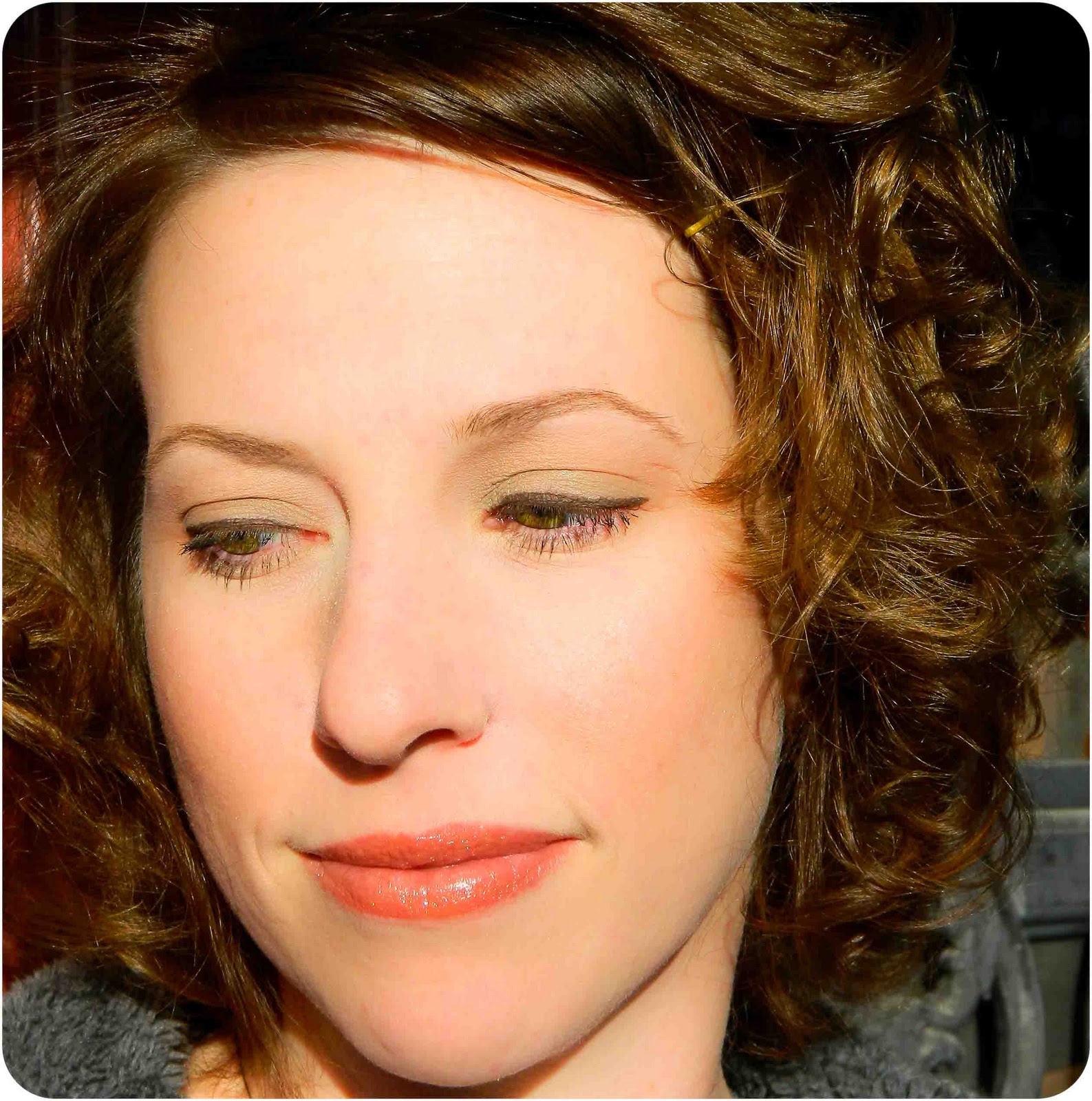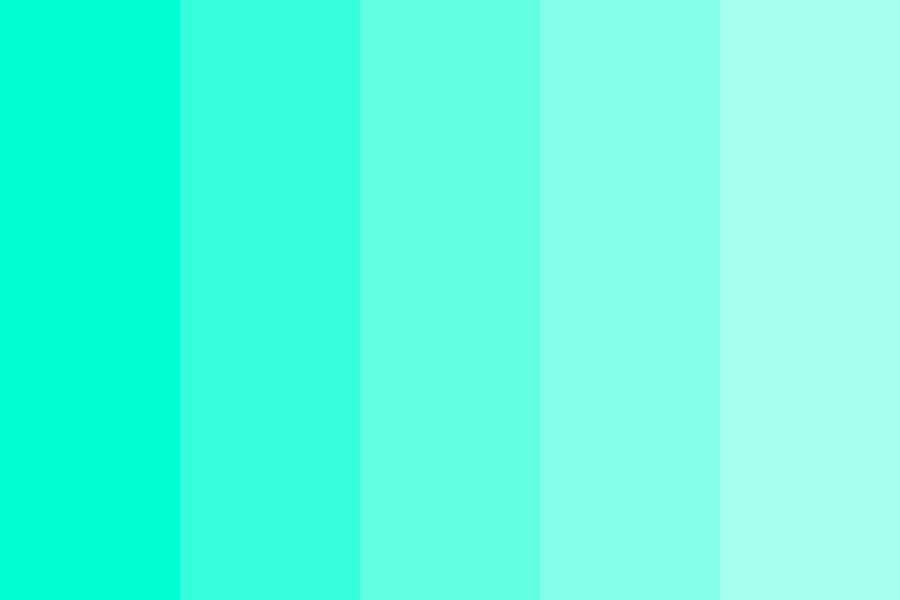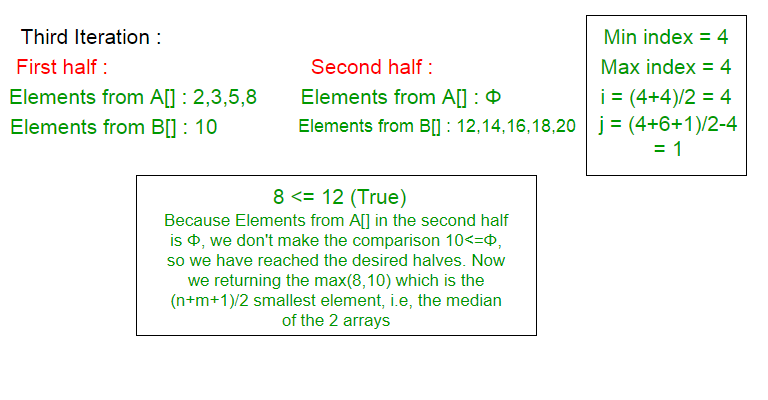The mixing of colored physical substances corresponds to subtractive color mixing, hence it corresponds to our intuition about mixing colors. To explain the mechanism, consider mixing red paint with yellow paint. The red paint is red because when the ambient light strikes it, the composition of the material is such that it absorbs all other colors in the visible spectrum except for red.
The red light, not being absorbed, reflects off the paint, and is what we see. This same mechanism describes the color of material objects – note that light is not a material object – and so applies to the yellow paint as well. Making recourse to the figure above demonstrating additive color mixing, one sees that yellow light is composed of an mixture of red and green light.
When we mix the two paints, the resulting substance has red paint and yellow paint. The yellow paint absorbs all colors except for red and green. However, the red paint will absorb the green reflected by the yellow paint. The red paint can be said to subtract the green from the yellow paint. The resulting paint reflects only red light and so appears red to our eyes.
This results in a darker and desaturated color compared to the color that would be achieved with ideal filters. In the additive color system, or RGB color model, used to create all the colors on a computer or television display, cyan is made by mixing equal amounts of green and blue light. Cyan is the complement of red; it can be made by the removal of red from grey.
Mixing red light and cyan light at the right intensity will make white light. In subtractive mixing of color, the absence of color is white and the presence of all three primary colors makes a neutral dark gray or black. The secondary colors are the same as the primary colors from additive mixing and vice versa. Subtractive mixing is used to create a variety of colors when printing or painting on paper or other white substrates, by combining a small number of ink or paint colors. Black can be approximated by mixing cyan, magenta, and yellow, although real pigments are not ideal and so pure black is nearly impossible to achieve.
The first thing you have to understand that red, blue and yellow are not complementary colors. In additive color mixing red, blue and green are the scientific primaries, and as weird as it sounds, yellow is a secondary color of mixing red and green lights. The color wheel taught to most people today is the twelve hue color circle developed by Johannes Itten.
This color wheel is based on a triadic mixture of pigments with red, yellow, and blue as the primary triad. All hues are formed from mixtures of equal or unequal amounts of primaries. Equal mixtures of two primaries result in the secondary hues and form the triad of green, orange, and violet. In this color wheel, six intermediate hues are created by equal mixtures of primary and secondary colors and form two more triads. When mixing pigments, color mixture is described as subtractive. When white light hits a surface most of the light energy is absorbed.
We perceive only the color that is reflected from the surface. In this situation, the part of the spectrum that is absorbed is "subtracted" from white light. By convention, the three primary colors in additive mixing are red, green, and blue. In the absence of light of any color, the result is black. If all three primary colors of light are mixed in equal proportions, the result is neutral . When the red and green lights mix, the result is yellow.
When green and blue lights mix, the result is a blue. When the blue and red lights mix, the result is magenta. What has been discussed so far is the color that comes from the emitting of light, the visible portions of the electromagnetic spectrum. This is referred to as subtractive color, and subtractive color is what is used to create paints and dyes.
The paint or dye absorbs certain frequencies and reflects the other frequencies off of it, with the brain interpreting this reflected frequency as a certain color. When red and blue pigments are mixed together, the result is purple. "When the blue flashlight circle intersects the green one, there is a lighter blue-green shape," he says. In contrast to an additive system, color systems that remove colors through absorption are called "subtractive" color systems.
They are called this because the final color is achieved by starting with white light and then subtracting away certain colors, leaving other colors. Examples of subtractive color systems are paints, pigments, and inks. An orange pumpkin that you see printed in a newspaper is not necessarily created by spraying orange ink on the paper.
Rather, yellow ink and magenta ink are sprayed onto the paper. For instance, the color magenta is made out of red and blue, while cyan is a mixture of green and blue, and yellow is made out of both red and green. When all three primary colors of light are mixed together the result is white light, while black is just the absence of light. Sir Isaac Newton was the individual who recorded the fact that white light is made out of the three visible spectrum colors.
Newton found that the color spectrum was projected onto a nearby wall when he passed some light through a prism. Pigments don't get their colors by emitting certain electromagnetic wavelengths like light does. Instead, pigments receive their color by absorbing certain wavelengths of the spectrum. Due to this fact, when determining what colors are produced when mixing pigments together, the calculation is different. The primary colors in terms of pigments are yellow, magenta, and cyan. Magenta absorbs green light, yellow absorbs blue light, and cyan absorbs red light.
Mixing blue and red pigments together will give you the color violet or purple. So the distinction in color systems really comes down to the chemical makeup of the objects involved and how they reflect light. Additive theory is based on objects that emit light, while subtractive deals with material objects like books and paintings. "Subtractive colors are those which reflect less light when they are mixed together," says Raiselis. An external source of illumination is assumed, and each primary attenuates some of that light.
Combining all three primaries absorbs all the light, resulting in black. For real pigments, the results would be somewhat complicated by opacity and mixing behavior, and in practice adding a fourth pigment such as black may be helpful. The Itten color wheel works well as a chart, but is flawed as a practical guide for the actual mixtures of pigments. The primaries used in this color wheel are somewhat inaccurate. Moreover, pigments in paint vary greatly in opacity and undertones, and it is difficult to create pure secondary and tertiary hues from primary mixtures.
Mixed colors tend to become dull, therefore, if you want intense or saturated color, purchasing pure tube colors is best. An additive color is one created by mixing red, green and blue light in different combinations. Additive colors begin as black and become brighter as you add different light. In contrast, a subtractive color is made by partial absorption of different colors of paint or ink.
They begin as white and take on the appearance of the added colors or their mixtures. The human eye sees color by means of three types of cone cells in the retina. These cone cells have pigments whose absorption maxima are at approximately 560 nm ("red"), 530 nm ("green") and 430 nm ("blue"). They also probably do not correspond to the colors we would see if only one kind of receptor were stimulated, each in turn. For light of a given wavelength or mixture of wavelengths, the color we see depends on the relative responses of the three types of cones. Any combination of lights that stimulates all three types of cone roughly equally appears white.
If we shine a red light source, a green light source and a blue light source so that their beams overlap, the region where they overlap appears white. We can also observe the mixing of these lights two at a time, as shown in the photographs below. When red and blue light are combined, the result is magenta.
When green and blue light are combined, they make cyan. And when all three primary colors of light are combined, we see white light. When you combine red, green and blue together, you get white.
Add light and human eyes to the darkness and you get color — a perception of the human visual system. The retina at the back of the human eye has three types of neurons called cones, each sensitive to a different band of wavelengths — one long, one medium, and one short. A monochromatic wavelength of light can be selected as a representative for each of these colors.
These become the primary colors of a system that can be used to reproduce other colors in a process known as additive color mixing. With these three lights you can make shadows of seven different colors—blue, red, green, black, cyan, magenta, and yellow—by blocking different combinations of lights . When you block two lights, you see a shadow of the third color—for example, block the red and green lights and you get a blue shadow.
If you block only one of the lights, you get a shadow whose color is a mixture of the other two. If you block all three lights, you get a black shadow. In the RGB color model, used to make colors on computer and TV displays, cyan is created by the combination of green and blue light. In the RGB color wheel of additive colors, cyan is midway between blue and green.
In the CMYK color model, used in color printing, cyan, magenta and yellow combined make black. Equal mixtures of additive primaries result in white light. When blue and green light are blended they form "cyan", the complement of Red. When red and blue light are blended, they form "magenta", the complement of Green.
When green and red light are blended, they form "yellow", the complement of Blue. 3 shows subtractive color mixing using colored gels. Gels are subtractive because they stop certain wavelengths of light from passing through. In essence, they absorb those colors and allow others to pass through. So we start with white light and pass that through a yellow filter. The yellow stops the blue and lets red and green pass through.
When you mix colors using paint, or through the printing process, you are using the subtractive color method. The primary colors of light are red, green, and blue. If you subtract these from white you get cyan, magenta, and yellow. Mixing the colors generates new colors as shown on the color wheel, or the circle on the right.
What Does Cyan And Green Make As you mix colors, they tend to get darker, ending up as black. The CMYK color system is the color system used for printing. If you mix red, green, and blue light, you get white light. Red, green, and blue are referred to as the primary colors of light. Mixing the colors generates new colors, as shown on the color wheel or circle on the right.
As more colors are added, the result becomes lighter, heading towards white. RGB is used to generate color on a computer screen, a TV, and any colored electronic display device. The painter's color wheel is a convenient way to understand how to mimic some colors by mixing red, yellow, and blue pigments.
This does not make red, yellow, and blue the primary colors of the human visual system. They can't reproduce the widest variety of colors when combined. Cyan, magenta, and yellow have a greater chromatic range as evidenced by their ability to produce a reasonable black. No combination of red, yellow, and blue pigments will approach black as closely as do cyan, magenta, and yellow. The primary colors are red, green, and blue — not red, yellow, and blue. To make green, combine equal amounts the primary colors of pure blue and pure yellow.
For a warmer, lighter hue to the green, add more yellow. Alternatively, add more blue to get a cooler, but deeper green. Then, lighten the green by adding white or make it a darker shade by adding black. You could also create it by mixing equal parts of green and blue. Hue refers to the colored pigments that are visible to our eyes. So hue refers to the primary and secondary colors red, orange, yellow, green, blue, and violet, but not to mixed colors or white or black.
Hue is strictly the element that produces the pure color. "The yellow primary controls the amount of blue light reaching our eyes," Fairchild says. "Subtractive colour mixing results when we mix together paints or inks," Westland says. Take a piece of white paper; this paper reflects all of the wavelengths in the visible spectrum to a very high degree. The yellow ink absorbs the blue wavelengths, leaving the others — which are seen as yellow — to be reflected.




























